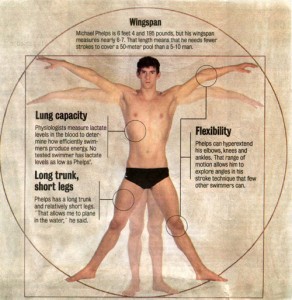Okay Burger King, Now I’m Upset
May 19th, 2010Curse you Burger King! We had something so special together! I had become more than a customer, more than a brand loyal, I was a brand ambassador. I actively told people about how great you were and now you have betrayed me. That makes me quite mad.
I remember it like it was yesterday. I was traveling and I was hungry and in a rush. I was passing through the Milwaukee airport. I just needed a little something to keep me going and I was not in the financial position to shell out $12 for a chicken wrap and a soda. I quickly located the fast food options. It wasn’t time for Cinnabon, so Burger King it was. I looked over the (overpriced) menu to see what I wanted. Being an airport location the menu was quite sparse with very little detail. I decided on a double cheeseburger, not the deluxe one shown on the menu. I didn’t see any signage for a meal combination and sometimes airport locations have limited options, but I wanted the soda so I asked the server, who waited patiently while I surveyed the menu, if I could get the double cheeseburger in a meal. He looked at me and said, without missing a beat, “Sir, this is Burger King. You can have it your way.” And that was my introduction to Burger King as a brand.
To put it plainly it was awesome. I just thought to myself, “that is amazing how he did that without missing a beat.” Skip forward a few years and McDonalds $1 double cheeseburger enters the picture. Delicious! What a deal! The $1 burger got me in the door and I loved it! Then McDonalds made 2 critical miss-steps with me. The first was the Monopoly game (I will link to this in the future when I write on it). The second was the switch to the McDouble. I hated them for it, but at least I could understand given the tough economic times that were upon us. Plus, it had been on the dollar menu for quite some time.
Then, on October 19, 2009 Burger King burst on the scene with the $1 double cheeseburger. I was still slightly loyal to McDonalds at that point. Mostly because there is one on almost every highway exit but also because they still had a $1 option. But, the aggressive advertising by Burger King during the football season got me to stop during one of my many trips. Everything the commercials had promised was true. It was bigger, it tasted better, it had 2 slices of cheese, and – best of all – it really was $1. It was at this point I became an brand ambassador.
Every time fast food was brought up I would chime in with my opinion on BK. I also told people about how the $1 burger at BK really was better than the $1 McDouble at McDonalds. While driving I would actually wait to eat so that I could eat at a Burger King rather than a McDonalds. In fact, not only would I wait to go there, but I would then buy items that I knew they had killer margin on. I loved the value and I wanted to support them. All of this love, and then they stabbed me in the back.
Well, to be fair it was National Franchisee Association (represents 80% of the Burger King locations). They claimed they could not make enough profit the burger. They demanded it be changed and, due to the heavy pressure, Burger King complied. This change happened on April 26. They had the $1 double cheese burger, spent tens of millions advertising, for 189 days, or about 6 months. Wow.
I understand that a company has to make money, but this is just wrong of the National Franchisee Association. Why not just change the double cheese burger to have 1 slice of cheese and then make a “cheesy double” that has the 2 slices of cheese? The change intentionally confuses customers. I still feel dumb every time I have to order a “McDouble”. It just sounds silly. And the BK Dollar Double is just as bad. Plus, now if you ever have to raise the prices, you have to change the name! So the move by the NFA not only burned tens of millions of dollars spent on advertising, they are now spending millions more on advertising the BK Dollar Double, they created confusion among customers, and forced a move to a menu item that cannot have its price changed. How stupid and short sighted can you be?
In addition to confused customers, think of the lost productivity – a critical issue during peak hours. Whenever somebody orders a double cheeseburger it must be clarified if that person really wants a $1 or the more expensive one. They then might ask what the difference is and this takes even more time. The alternative is to just take what the person orders at face value and deal with angry customers who thought they were getting the $1 item. In a business where efficiency is measured in seconds or less, all of these small issues add up.
I am not happy with you Burger King and I think I will check out Taco Bell the next time I hit the road.
Do you think this whole thing feels like a bait and switch?
This has been a Thought From The Cake Scraps.




